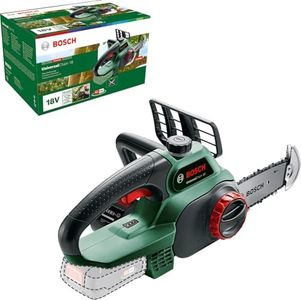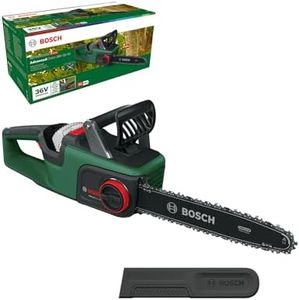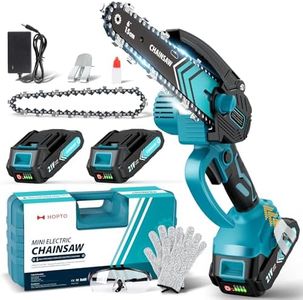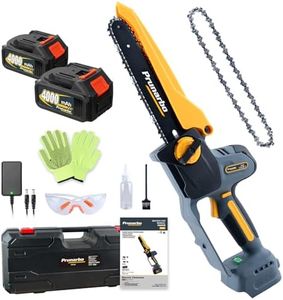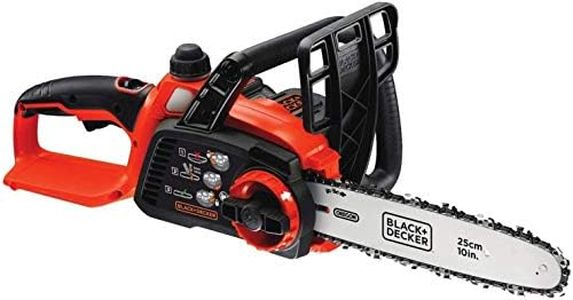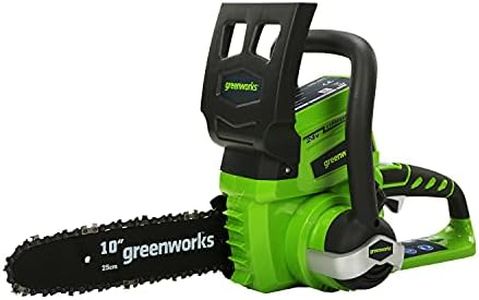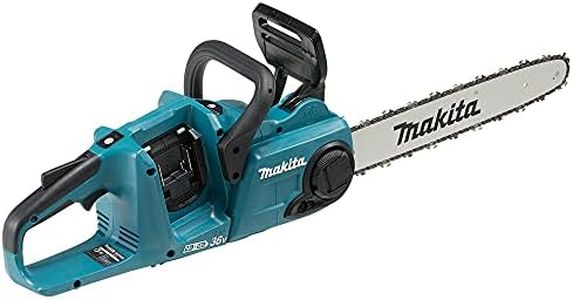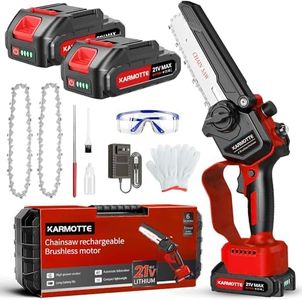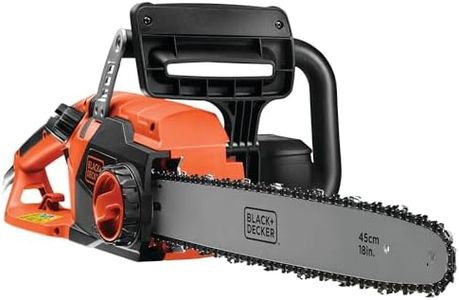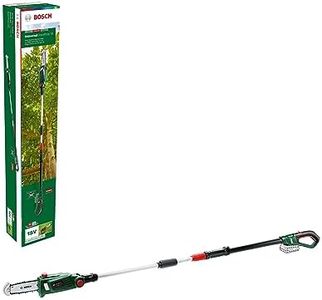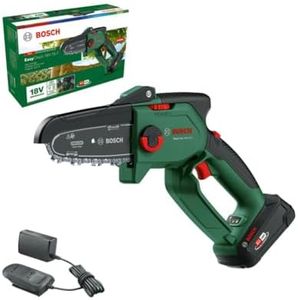We Use CookiesWe use cookies to enhance the security, performance,
functionality and for analytical and promotional activities. By continuing to browse this site you
are agreeing to our privacy policy
10 Best Chainsaws
From leading brands and best sellers available on the web.Buying Guide for the Best Chainsaws
Choosing the right chainsaw can make outdoor tasks like cutting firewood, tree trimming, or heavy-duty clearing much safer and more efficient. It's important to think about how and where you'll use the chainsaw most often. Different models suit tasks from light yardwork to intense forestry jobs. Focusing on the main specifications will help you match the saw to your comfort level and needs, making work easier and reducing the risk of fatigue or accidents.Power SourceChainsaws come in three main power types: gas-powered, corded electric, and battery-operated. Gas models offer the most raw power and cutting ability, making them best for heavy or frequent jobs, but they are louder and require more maintenance. Corded electric chainsaws are lighter and quieter, ideal for tasks near a power outlet where mobility isn't much of an issue. Battery-operated (cordless) chainsaws provide great convenience and freedom to move around, but are typically less powerful and have a limited run time between charges. Consider your usual working environment and the intensity of your jobs to select the power source that best fits your needs.
Bar LengthBar length indicates the size of wood the chainsaw can cut in a single pass. Smaller bars (10–14 inches) are best for pruning and light trimming, while medium bars (16–18 inches) are suited for cutting firewood or felling small trees. Longer bars (20 inches and above) handle large trees and heavy duties but can be harder to control. Choose a bar length that matches the largest diameter you expect to cut, while keeping in mind your strength and experience, as longer bars require more skill to handle safely.
WeightWeight affects how long you can use the chainsaw comfortably and safely. Lighter chainsaws are easier to maneuver and are less likely to cause fatigue, making them ideal for beginners or for jobs that require overhead work. Heavier chainsaws, although more powerful, can be difficult to use for extended periods and require more control. Consider your own strength and the typical duration of your cutting tasks when deciding how much weight you can handle.
Safety FeaturesKey safety features include chain brakes, anti-vibration systems, and easy-access controls. Chain brakes stop the chain instantly in case of kickback, while anti-vibration technology makes the saw easier to handle over long sessions. Good safety features are essential for all users, but especially for those less experienced or who plan to use the chainsaw frequently. Look for a saw with a solid set of these features to minimize the risk of injury and make operation less tiring.
Ease of MaintenanceEase of maintenance determines how simple it is to keep your chainsaw in top shape. Features like tool-free chain tensioning, automatic oilers, and easy-to-access air filters make regular upkeep less of a chore. If you prefer minimal fuss or are new to chainsaw maintenance, prioritize models with user-friendly maintenance options. Regular care ensures safety, extends the lifespan of the tool, and keeps it performing efficiently.

